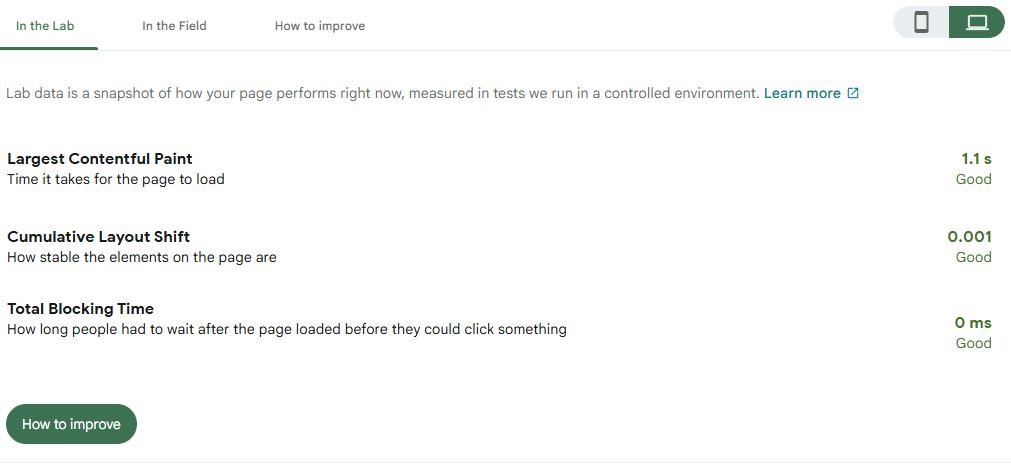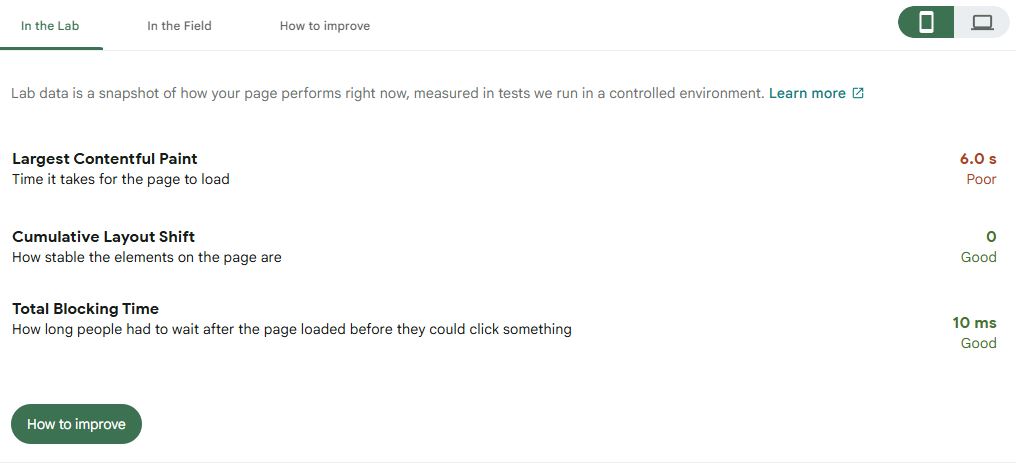Audit
How can I improve my SEO?


Written By: Alen Bibić
Lost at the sea of SEO
Looking at the initial scan done by the SEO tool, my website seems to be on the better side. Below is the result of the SEO analyzer.

Out of the 21 tests that this SEO optimizer ran, my website passed 12 of the tests and failed 8, with one warning.
The SEO analyzer states that the formatting of the site, the headers, and readability, are well executed. I have a good website title, my homepage is reachable, and the last update I made to my website content was recent.
The inefficiencies of my website are mostly related to keywords and metadata. There was no meta description, the robot.txt file wasn’t available, the keywords were lacking, and so on.
The one warning was just telling me that I should have more internal links within my website.
I used a different tool to asses the general speed of my website, and how those speeds differ between the mobile versions of my website and the desktop version.
There is some room for improvement when it comes to my website’s loading speed for mobile platforms. The desktop version seems to be running smoothly.


I will solve website speed first since it is a way more straightforward fix than direct SEO. The Google Site Kit plugin recommends I download a few plugins to make some of the processes on my website faster.
The first one is called Performance Lab and automatically changes the format of all the site pictures so they take up less space, along with other optimization.
The other plugin is called LiteSpeed Cache which does several small optimizations that make the website run smoother
We can see the improvement in the loading speed below.

Moving on to the SEO optimization itself I will tackle the thing that will make the largest difference which is the metadata, specifically the meta description.
After installing the All in One SEO, I was able to change the meta description leading to an improvement in my websites SEO.

